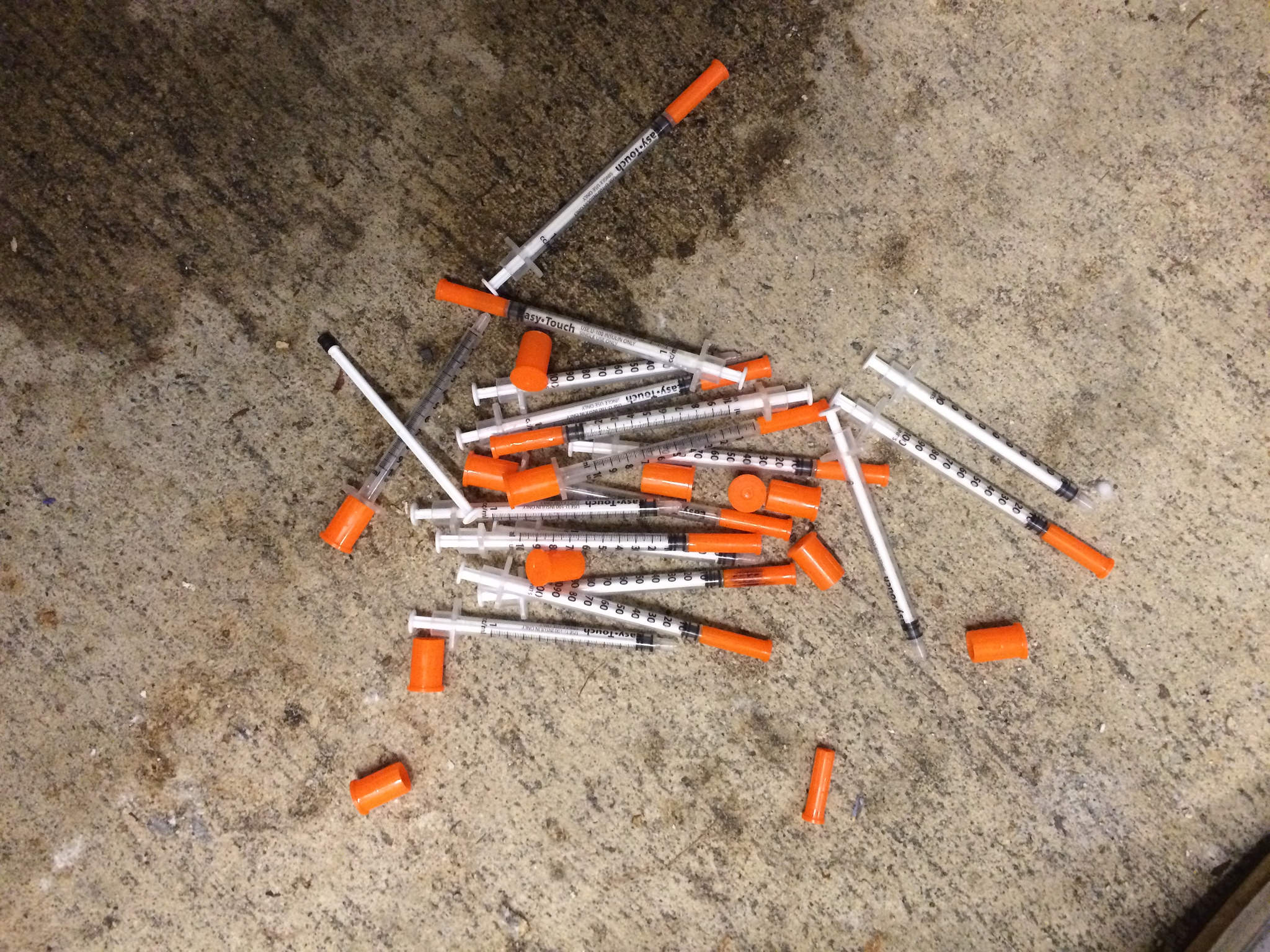
The following manuscript was published as part of the February 2019 Social Medicine theme issue.
“Code Blue, lobby bathroom,” the loudspeaker goes off.
For a second we all look up from our workroom computer screens. A seasoned resident shrugs his shoulders and we share a knowing look.
A curious medical student asks, “What is it?”
“Overdose,” we state in unison. We turn back to our computers and go on with the day’s work like nothing happened.
I work at Boston Medical Center, an urban safety net hospital located on the stretch of land dubbed “Methadone Mile” by local news outlets. I have been here since medical school, and the overhead announcements are only getting more frequent. We hear the same refrain multiple times per day — “Code blue, lobby bathroom.” At one point, in a desperate attempt to find a solution, the hospital barricaded the bathrooms with trashcans — that didn’t work. A security detail was posted outside the bathroom to no avail. Eventually, the bathroom doors were taken down altogether; nevertheless, the announcements continue, starkly reminding us of the severity of the nation’s opiate epidemic each time.
Experts say substance use disorders (SUDs) are the most pressing public health issue of our time. Overdose is the leading cause of death in the United States for people under 50. In 2017, there were over 70,200 deaths related to drug overdose — almost six times higher than in 1999. There is also significant morbidity associated with SUDs. These patients, often young, suffer from a slew of medical conditions that they likely would not have otherwise — endocarditis with septic emboli, untreated HIV/AIDS, and paraplegia secondary to spinal abscesses to name a few. Research has demonstrated that SUDs are associated with a higher burden of chronic disease as well.
In addition, these health issues are closely intertwined with and secondary to the debilitating social situations patients with SUDs experience. These include homelessness and housing insecurity, incarceration, sexual violence, and poverty. Most lack the social supports to help them through their health conditions and recovery. Additionally, SUD patients often avoid seeking care due to social stigmas — studies report only 1 in 12 tend to seek care due to fear of judgment.
Caring for patients with SUDs can be challenging in practice. Provider-patient interactions often end in frustration and sometimes confrontation. I have spent countless nights arguing with patients about their requests for narcotics. Once, I ran after a patient out of the hospital doors to pull her PICC line after she decided to leave in the middle of an antibiotic course for endocarditis to seek another high. Much of our nursing rounds are spent discussing whether patients with a history of substance use should be allowed to leave the floor. We get to know some of these patients well as they are admitted repeatedly, and each time our extensive efforts feel more and more futile.
Recently, I have been working on a project that involves lengthy interviews with patients who have SUDs. After working with so many of these patients day after day, I was struck by how many obstacles they face in getting the help they need — I was eager to find ways to help and to understand my patients better. I was initially hesitant, anticipating that many of these interviews would be hostile or that patients wouldn’t want to share their stories. I was pleasantly surprised that the opposite was true. “Thank you for everything you doctors do,” a 40-year-old with heroin use disorder told me. “We just want to know people care, that people aren’t judging us. We just want to be treated like anyone else.”
After a year and a half of residency, my efforts to help patients with SUDs had often left me feeling like I had failed as a physician. But spending time with these patients outside of the usual clinical setting was a wake-up call. Suddenly I was reminded why we do what we do. I was reminded that our work makes a difference even if we do not see it immediately. Our job as physicians is to create an environment where patients can seek care free of stigma and labels. It is only with that understanding, with that sense of hope, that someday, the code blue refrain will finally come to an end.
Image source: Needles by Cat Branchman licensed under CC BY 2.0.

